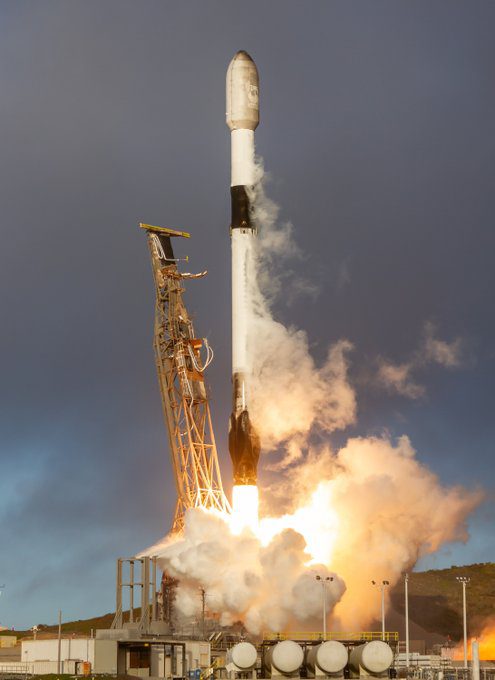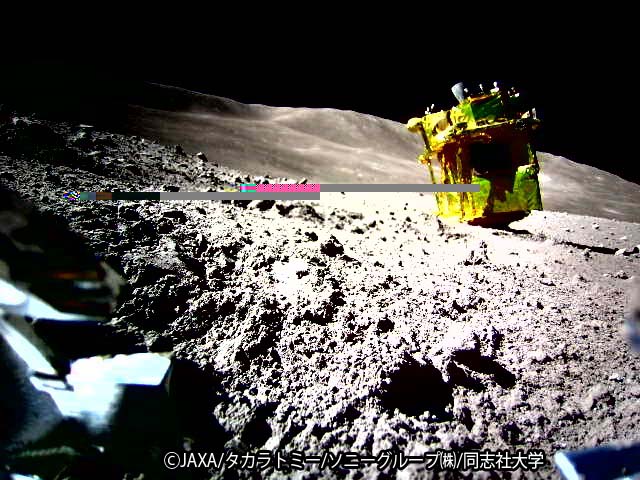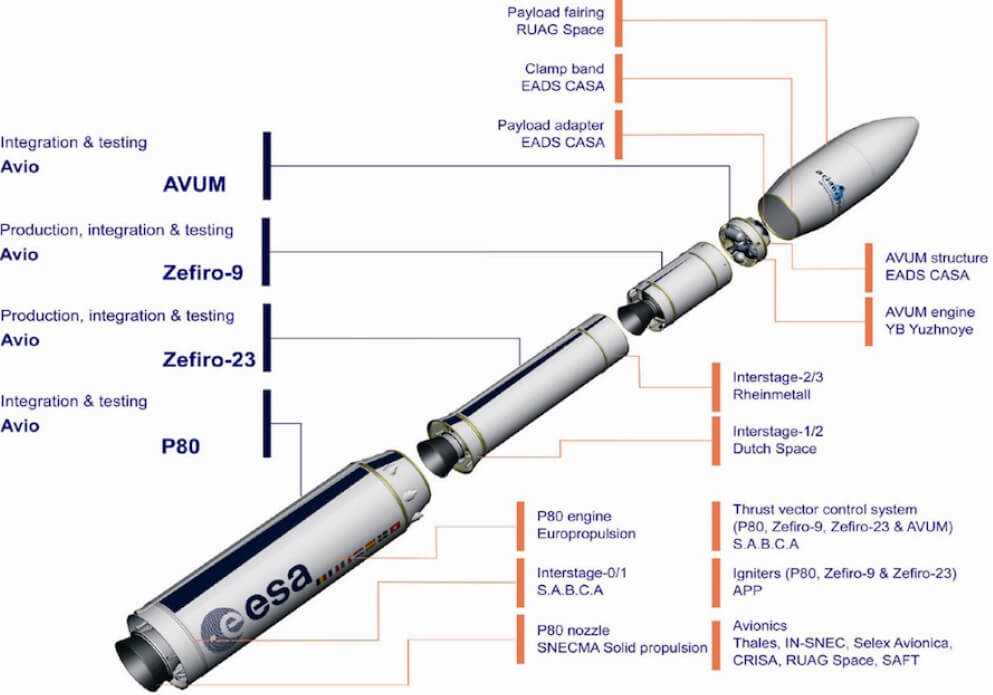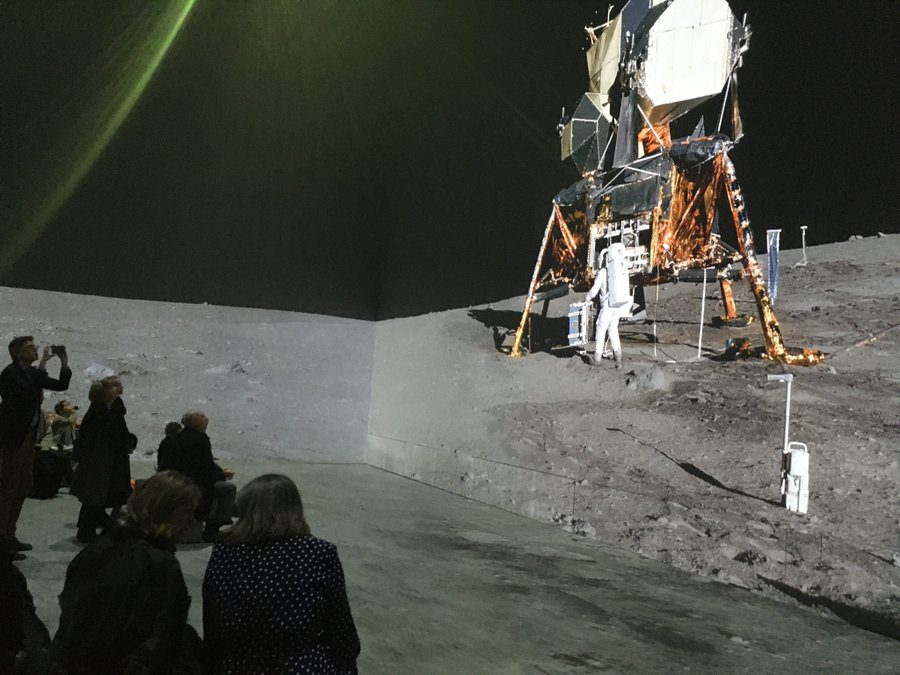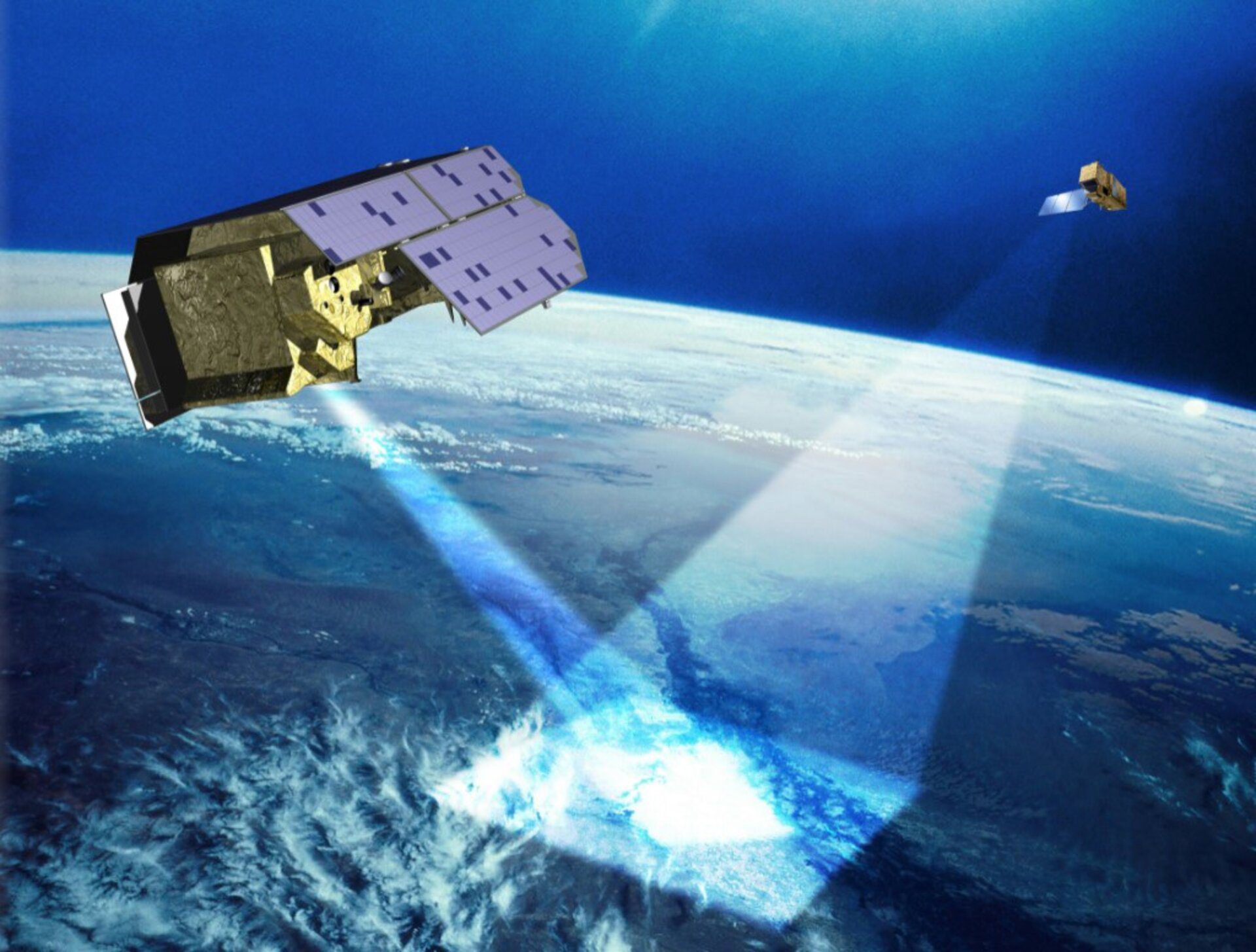The historic and slightly shocking result of the UK referendum, in favour of withdrawal from the European Union (EU), caught the opinion pollsters, bookmakers and financial institutions off guard.
The fall-out could be seen in equity and currency markets; Prime Minister David Cameron’s resignation; moves to replace the leader of the opposition, Jeremy Corbyn; a call for Scotland to have another independence referendum; and even veiled threats from Spain against the independence of the UK colony of Gibraltar.
“Project Fear” failed – even if some of its warnings were prescient.
Mr Cameron cited immigration as the main cause of the referendum defeat when he met fellow EU leaders. Concern focused on the policy of free movement of labour inside the EU and its effect on UK housing costs, employment/salary prospects, and school and hospital availability.
Many “Brexit” voters did so reluctantly, and it soon became apparent that it was typically the poorer areas of the country that had voted most strongly to leave the EU. A surprisingly high proportion of immigrants already residing in the UK were in the “Leave” camp. Other reasons for the result included resentment of the power wielded by the unelected European Commission and the perception that the EU project was heading towards a “United States of Europe”.
Meanwhile, the “Remain” side was criticised for both its tactics and its “Project Fear” warnings about threats to personal wealth, European civilisation and even world peace. The hyperbole was widely disbelieved and was probably counterproductive. It also devalued the Remain side’s more realistic warnings about the initial economic impact of a Brexit result, which now appear to be coming true.
But what does all this mean for space?
Assuming that there is no re-run of the referendum, the UK’s net £10 billion contribution to the EU is likely to be lost, which could affect everything from agriculture to the funding of space projects. UK involvement in certain space projects may also be at risk because some are funded by the EU. These include the Galileo navigation satellite constellation – the UK’s SSTL is part of the German OHB team making 22 satellites and is bidding to build more – and the Copernicus environmental research programme, in which UK plants of Airbus Defence and Space have a key role in building spacecraft hardware.
General funding for science and engineering could also suffer. The EU famously gives Britain more than its “fair share” of the research budget due to its expertise in these areas. Meanwhile, British and continental European scientists might be less free to work together on projects on either side of the Channel.
However, UK membership of the European Space Agency (ESA) will continue along with its €325 million contribution. This was underlined before the referendum vote by both Boris Johnson MP, the former Mayor of London and one of the leaders of the Leave campaign, and by Jan Woerner, the Director General of ESA.
Finally, given that world growth tends to be a driver of commercial space projects and that economists are predicting a slowdown as a result of this vote, this change in the environment could seriously affect the space industry.
Comment by David Todd:
Jan Woerner, a supporter of more European integration, will no doubt be very disappointed by the Brexit result. Nevertheless, having the UK as an independent member might help him by making ESA more resistant to EU interference, even though some of ESA’s major projects such as Galileo and Copernicus are funded via the European Commission. At least the EU’s hopes of one day controlling this European space organisation will be put on hold…



